Marketing your art in the digital age requires a diverse set of skills. Artists must not only be well-versed in the creation of their work, but also in digital marketing and SEO.
SEO, or search engine optimization, is the process of optimizing a piece of content for search engines with the goal of earning higher web traffic and improving visibility. For artists, this can help your art get found more easily online.
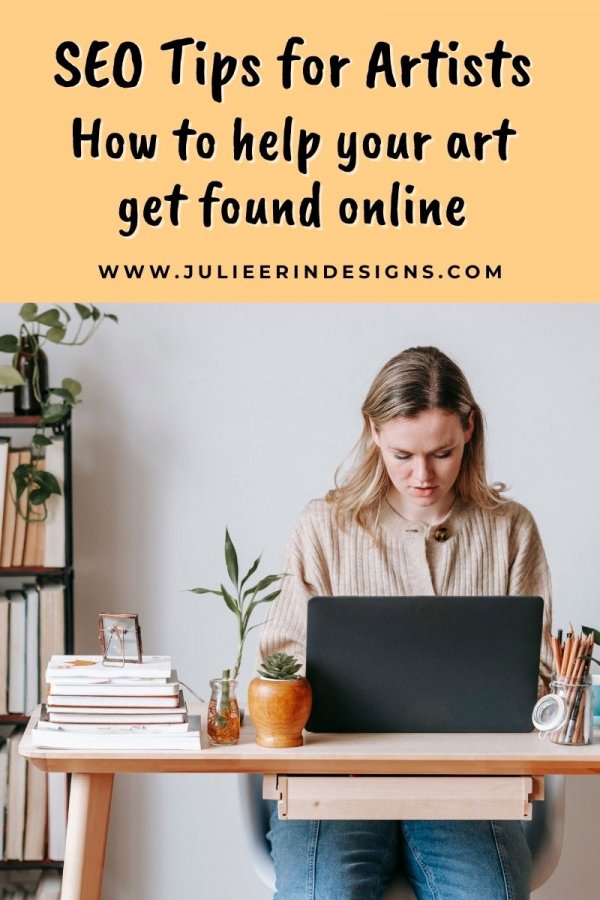
There are a few SEO tips that artists should keep in mind when creating and marketing their work online.
- Use keyword-rich titles and descriptions for your art. This will help Google index your work and make it more searchable.
- Use social media to promote your work and drive traffic to your website.
- Add alt text to your images. This will help Google “read” your images and include them in image search results. This also includes the file name!
By following these simple SEO tips, you can make sure that your art can be found online and reach the widest possible audience.
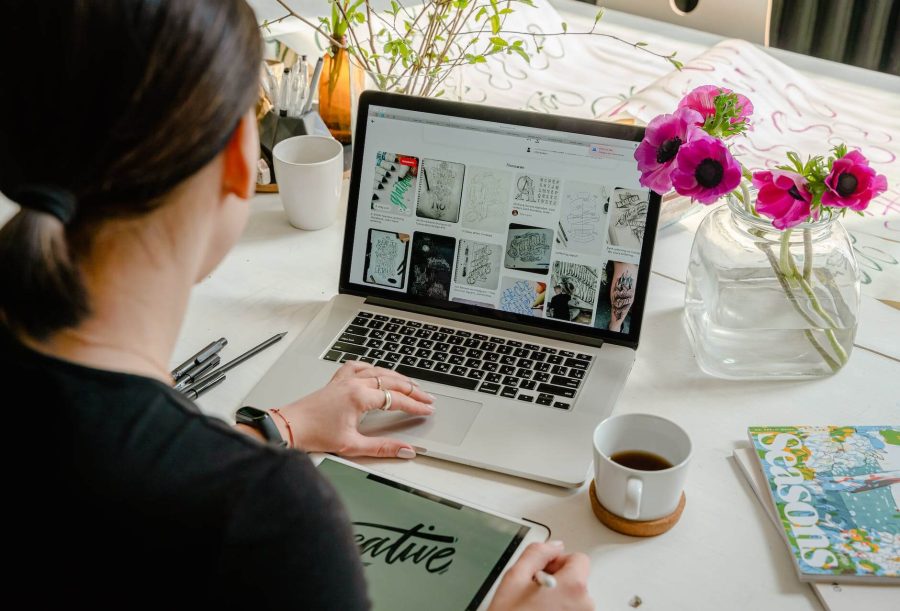
How can you help your art get found online?
Some artists are under the impression that all they need to do is to post their art on social media and wait for the likes and comments to roll in. But if you want to reach a wider audience, you’ll need to put a little more thought into your online presence.
Here are a few tips to help your art get found online:
- Start by creating a website for your art. This is a great way to showcase your work in a professional manner. Make sure to include high-quality images of your work, and a bio or statement that gives visitors a sense of who you are as an artist.
- Use social media to your advantage. While it’s important not to rely too heavily on social media, it can be a great way to promote your work. Post interesting and engaging content, and be sure to use hashtags to increase your visibility.
- Get involved in the online art community. There are many forums, websites, and online groups dedicated to promoting and discussing art. Getting involved in these communities can help you reach new audiences and connect with other artists.
- Stay active and consistent. One of the best ways to stand out online is to simply be active and consistent. Post new content regularly, interact with other users, and make sure your website and social media channels are up-to-date.
By following these tips, you can create a strong online presence for your art that will help you reach a wider audience.
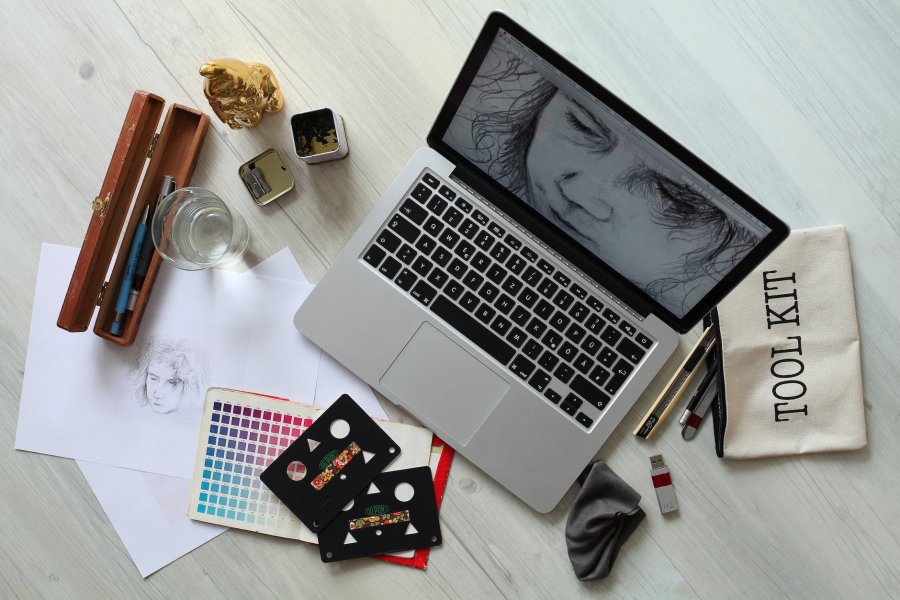
Optimize your website for search engines
When it comes to SEO for artists, one of the most important things you can do is make sure your website is optimized for search engines. This means making sure your site is easy to find and navigate, and that it contains keyword-rich content that will help it rank high in search results.
There are a few simple things you can do to make sure your website is optimized for search engines.
- Make sure your site is easy to find and navigate. Include clear and concise titles and descriptions for each page, and make sure your navigation is easy to understand.
- Create keyword-rich content that is relevant to your art. Use keywords and phrases that potential customers are likely to use when searching for art online.
- Include links to your site on other websites and in online directories. This will help to build up your site’s reputation and improve its ranking in search results (also known as backlinks).
- Create compelling and original content. This means writing blog posts and articles that are interesting and informative, and that will help to promote your art.
By following these tips, you can help to ensure that your art is more visible online, and that you attract more viewers and potential buyers.

Use unique and descriptive keywords for your artwork
By using unique and relevant keywords and phrases in your titles, tags, and descriptions you can ensure that your artwork is more likely to show up in search engine results.
Here are some tips for creating keyword-rich titles and descriptions for your artwork:
- Use descriptive keywords. When choosing keywords for your titles, be sure to use words that accurately describe your artwork. This will help potential customers find your work when they search for terms related to what you create. For example, if you paint landscapes, you might use keywords such as “landscape”, “nature”, or “scenery”.
- Use keyword-rich phrases. In addition to using individual keywords, you can also use keyword-rich phrases in your titles and descriptions. For example, instead of just “painting”, you could use “original oil painting” or “hand-painted watercolour”. These phrases are more likely to be used by people who are searching for specific types of art, and they can help your work stand out.
- Use relevant keywords. It’s also important to use keywords that are relevant to your specific artwork style. For example, if you create abstract art, you might use keywords such as “abstract”, “modern”, or “contemporary”. By using relevant keywords, you can ensure that your artwork is more likely to appear in search results for people interested in that style of art.
- Make sure you have unique titles for your artwork. It’s important to have unique titles for each piece of artwork you create. This not only helps potential customers find your work, but it also ensures that your work is more likely to show up in search engine results and won’t be competing with each other for ranking.

Use alt text to describe your artwork
When uploading images to your website, always include alt text to accompany each image. This is an especially important SEO tip for artists. Not only is this good practice for general accessibility purposes, but it also allows search engines to index your images, improving your site’s overall ranking. You can also add alt text to your Instagram posts.
When deciding what alt text to use, be sure to include key phrases that accurately describe the image, as this will help your site come up in relevant image searches.
For example, if you have a painting of a nature scene, some suitable alt text might be “oil painting of a river in the mountains”. This not only tells users what they can expect to see if they click on the image, but also tells search engines what the image is about, making it more likely to appear in results for relevant searches.
Alt text can also used to describe an image to someone who is blind or partially blind, so it can also help with the accessibility of your art and website.
In addition to improving your site’s ranking, using alt text also provides another opportunity to include relevant keywords and phrases on your site, which can further improve it’s visibility in search engine results. So next time you upload an image to your site, don’t forget to include alt text!

Optimize your website’s metatags and meta descriptions
One of the most important aspects of SEO for artists is optimizing your website’s metatags and meta descriptions.
There are many different metatags, but the most important are the title, meta description, and keywords. The title is the main heading of the page or blog post, and it should include your most important keywords. If you’re using WordPress, there are sections for each of these that you can fill out for every piece of content you publish.
The meta description is a brief summary of your website page or blog post, and it should also include your keywords. Keywords are what people will use to search for your website, so it’s important to include them in both the title and meta description.
You can use an SEO plugin like Yoast SEO (which is what I use) that will help you fill out all of the relevant metadata.
Optimizing your website’s metatags is a great way to improve your SEO and get your art noticed online.

Promote your website on social media
It’s no secret that social media is a powerful tool for promoting just about anything – and that includes websites. By promoting your website on social media, you can reach a large audience of potential customers and clients who may not be aware of your site otherwise.
Here are some tips for promoting your website on social media:
- Make sure your website is ready before you start promoting your site on social media. Take a look at your site and make sure everything works as it should, looks good, and is something that people will want to share. A well-designed, user-friendly website with interesting and informative content is more likely to be shared than a site that’s difficult to navigate or that doesn’t offer anything new or unique.
- Use social media to drive traffic to your website. Once you’ve ensured that your website is ready, it’s time to start using social media to drive traffic to your site. Posts about your website on social media should include a link, if possible, so that people can easily visit it. You can also include a call-to-action in your posts, such as “check out my website for more information (link in bio)” or “visit my website to see more of my art”.
- Make it easy for people to share your website by adding share buttons to your site. With social media share buttons on your website, people can easily share your site with just a few clicks.
- Monitor your analytics. Monitor your analytics to see how your posts are performing. Look at the engagement metrics for your posts, such as likes, comments, and shares. You can also track how much traffic your website is getting from social media using Google Analytics, and see which social media platforms are sending the most traffic to your site.
By following these tips, you can promote your website on social media and reach a larger audience.
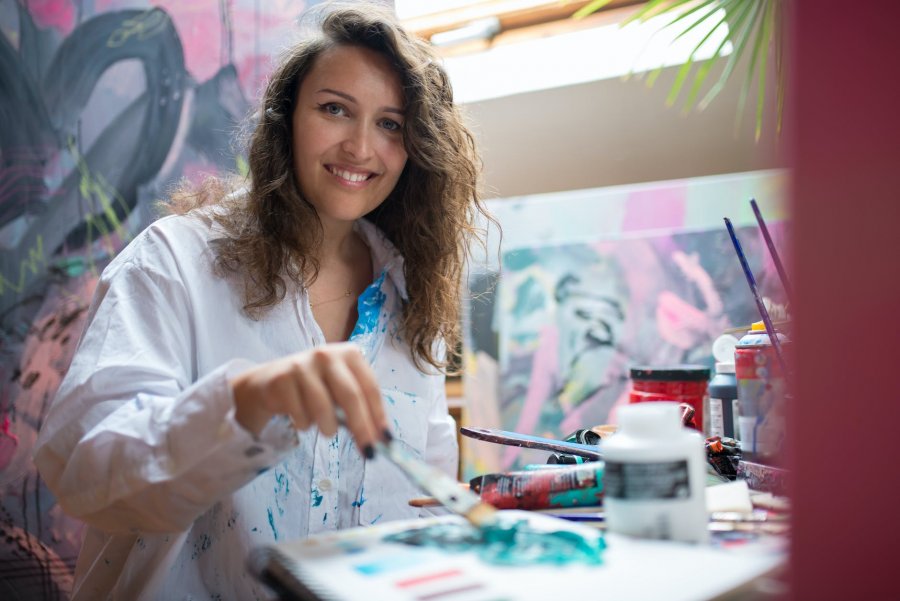
Conclusion of SEO for artists
The most important thing for artists to remember when it comes to SEO is that content is king. Creating high-quality, keyword-rich content is the best way to help your art get found online.
In addition to great content, artists should also focus on building backlinks and creating social media profiles to help promote their work. By following these simple SEO tips, artists can attract more viewers and potential customers to their online portfolio.
Looking for more tips for artists? Check out my Artist Resources page!
Cheers,

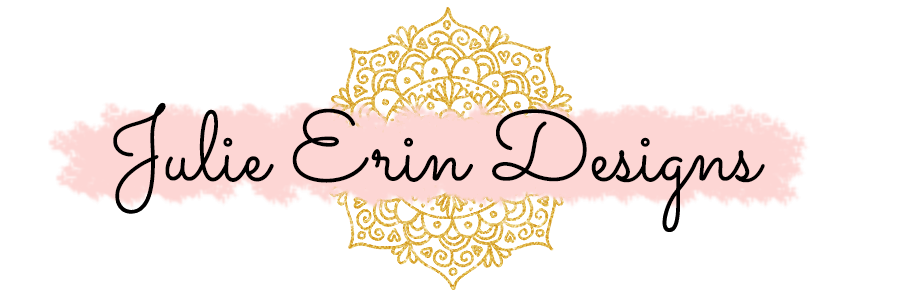
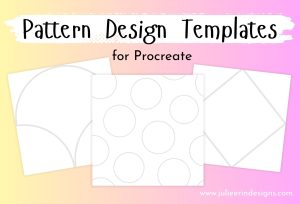
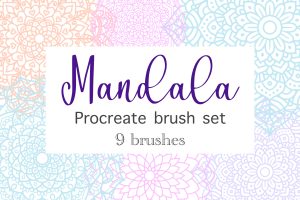

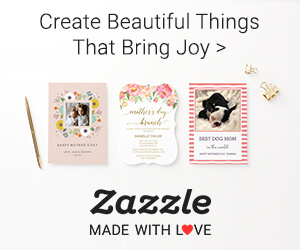
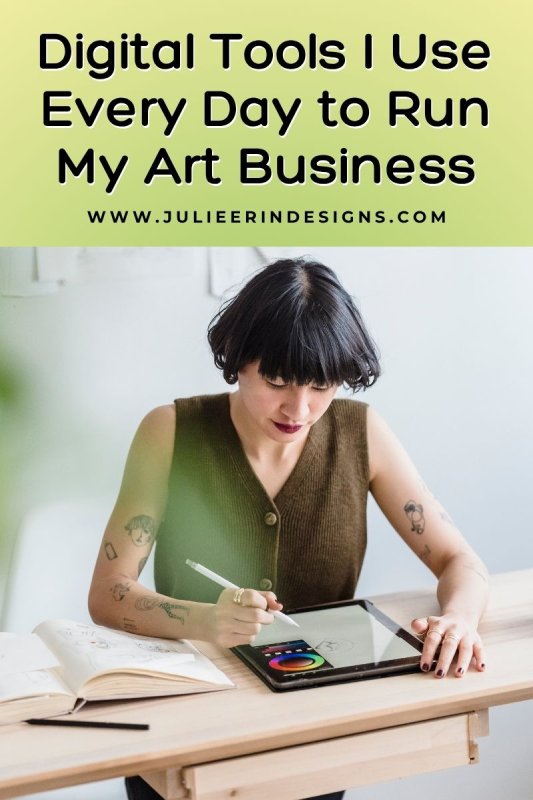

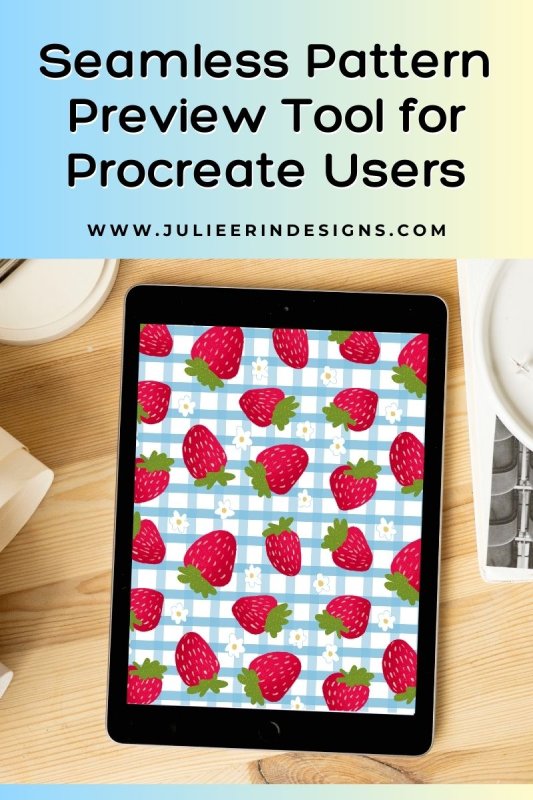

Thanks for sharing this helpful advice, Julie ~ much appreciated! 🌺
You are so welcome!
Passing this info along to my niece! Thank you for sharing
Awesome, thank you! I hope she finds it helpful.
Nice information, thanks for sharing.
No problem! Thanks for stopping by.